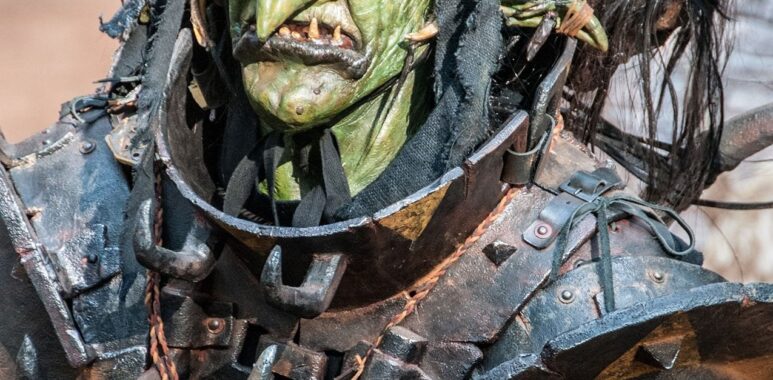
Unraveling the Enigma of Goblins: From Folklore to Fantasy
Goblins have long been a staple in folklore and fantasy, captivating audiences with their mischievous antics and mysterious allure. These enigmatic creatures, often depicted as small, grotesque beings with a penchant for causing trouble, have left an indelible mark on mythology and popular culture alike. From ancient legends to modern storytelling, goblins continue to fascinate and intrigue us with their complex nature and role in the realms of imagination.
Rooted in Folklore:
The origins of goblins can be traced back to ancient folklore from various cultures around the world. In European mythology, goblins were often portrayed as malevolent spirits or sprites dwelling in dark, secluded places such as forests, caves, or abandoned buildings. They were believed to be guardians of hidden treasures or cursed lands, luring unsuspecting travelers into their clutches with promises of wealth or fortune. However, these encounters often ended in peril, as goblins were known to delight in trickery and mischief.
In Asian folklore, goblins took on different forms and characteristics, but their reputation for mischief and malevolence remained consistent. In Japanese folklore, creatures like the Tengu and Oni shared similar traits with goblins, embodying the darker aspects of the supernatural world. Similarly, Native American traditions also featured beings akin to goblins, such as the trickster spirits of the Navajo or the mischievous Pukwudgies of Algonquian mythology.
Evolution in Fantasy Literature:
As storytelling evolved over time, goblins found a new home in the realm of fantasy literature. Authors and storytellers drew inspiration from folklore to create vivid and imaginative worlds populated by creatures both wondrous and terrifying. In works such as J.R.R. Tolkien’s “The Hobbit” and “The Lord of the Rings,” goblins were reimagined as cunning adversaries to the heroes, inhabiting dark caverns and waging war against the forces of good.
In the realm of role-playing games like Dungeons & Dragons, goblins became iconic adversaries, challenging players with their cunning tactics and relentless pursuit of mischief. Their presence in these games added depth and excitement to the adventures, as players faced off against hordes of goblins in their quest for glory and treasure.
Modern Depictions:
In modern popular culture, goblins continue to captivate audiences through various forms of media, including films, television shows, and video games. From the mischievous Dobby in the “Harry Potter” series to the sinister goblin king in Jim Henson’s “Labyrinth,” goblins have become enduring characters beloved by audiences of all ages.
In video games, goblins often serve as common enemies or minions, providing players with challenging encounters and opportunities for strategic gameplay. Games like “World of Warcraft” and “The Elder Scrolls” series feature goblins as recurring adversaries, adding depth and excitement to the virtual worlds they inhabit.
Conclusion:
In conclusion, goblins have left an indelible mark on mythology, folklore, and popular culture throughout history. From their origins in ancient folklore to their evolution in fantasy literature and modern media, goblins continue to intrigue and inspire us with their complex nature and role in the realms of imagination. Whether they are depicted as mischievous tricksters or malevolent adversaries, goblins remain iconic figures in the pantheon of fantasy creatures, enriching our storytelling traditions and captivating our imaginations with their enigmatic presence.



